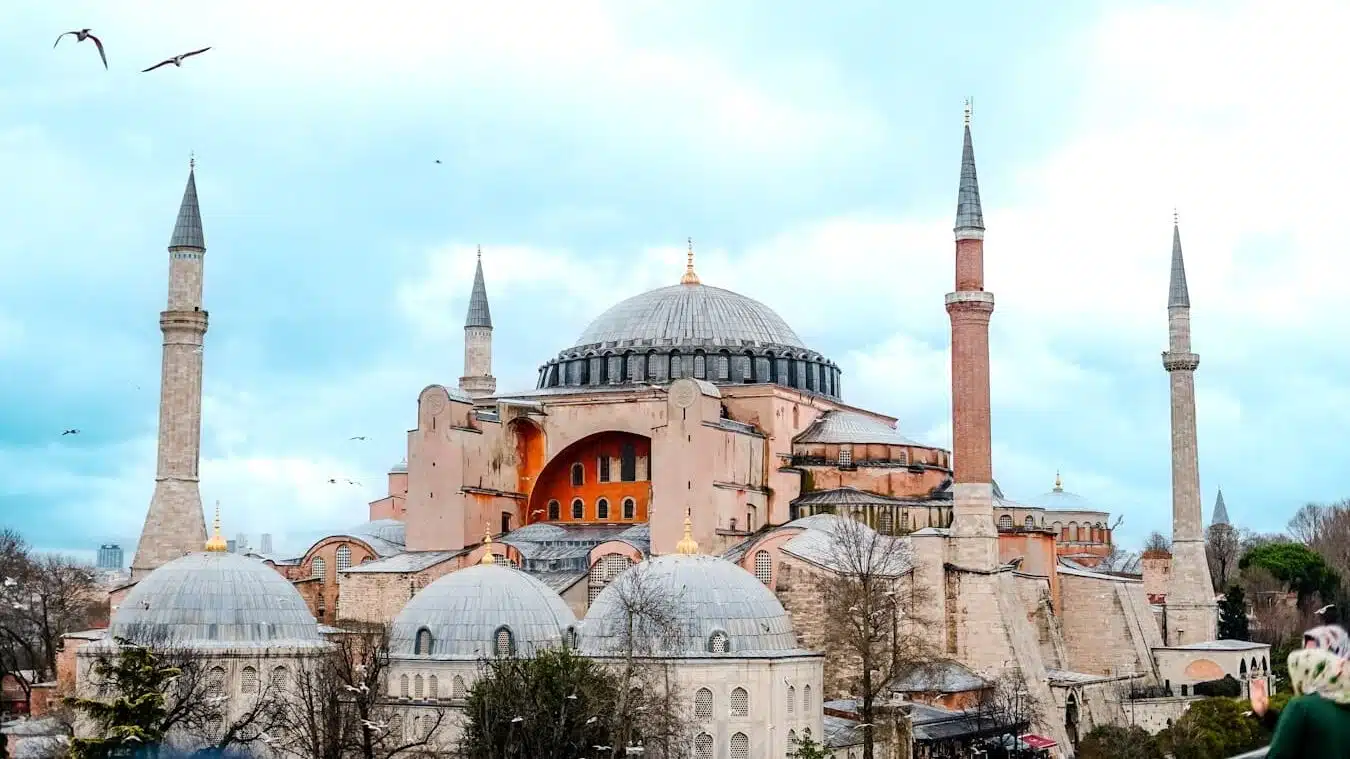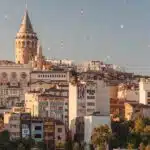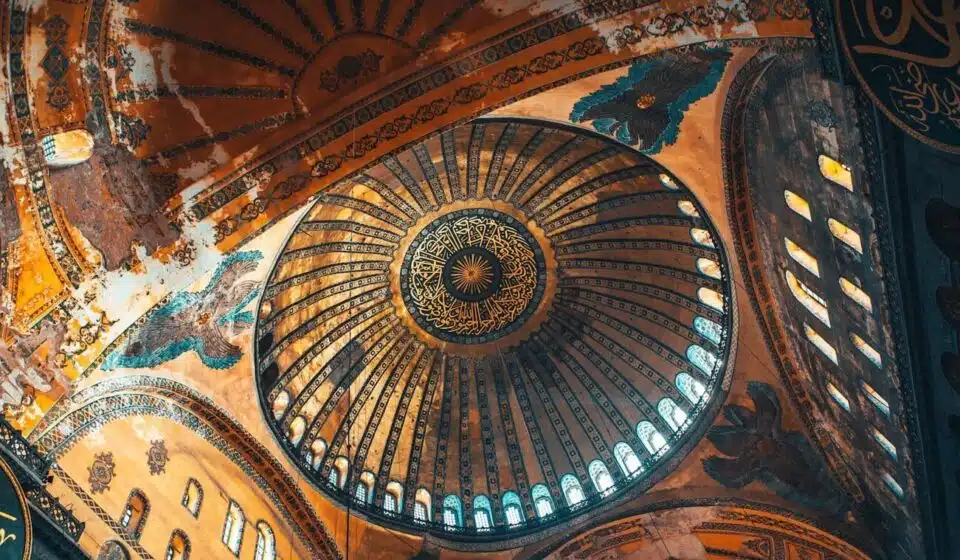
10 Interesting Facts About Hagia Sophia
Hagia Sophia, in the heart of Istanbul, was built in 537 AD under the Byzantine Empire. Over 1,500 years, it has served as a cathedral, mosque, and museum. Its vast dome and mosaics make it central to anyone seeking Interesting Facts About Hagia Sophia. Today, as a UNESCO site, it symbolizes Istanbul and global heritage, and this article shares 10 Interesting Facts About Hagia Sophia.
Table Of Content
- 1. A Legendary Structure Standing for 1,500 Years
- 2. A Dome That Challenges the Sky
- 3. Rebuilt Three Times on the Same Site
- 4. Architects Ahead of Their Time
- 5. From Church to Mosque
- 6. Angels Hidden for Centuries
- 7. Minarets Added Later
- 8. 85 Years as a Museum
- 9. A Groundbreaking Architectural Design
- 10. Protected by UNESCO
- Related Posts
1. A Legendary Structure Standing for 1,500 Years
Hagia Sophia was completed in 537 AD under the order of Emperor Justinian I. Its construction took about five years, which was incredibly fast considering the engineering limits of the time. Despite earthquakes, wars, and centuries of wear, it still stands today.
This magnificent building was not only a symbol of the Byzantine Empire but also considered an architectural and engineering marvel in both the East and the West. Thousands of workers, craftsmen, and engineers contributed to its construction.
Throughout history, many civilizations admired its grandeur. During the Ottoman period, it was preserved, maintained, and enriched with various additions.
Today, Hagia Sophia remains one of Istanbul’s most visited landmarks, telling the story of both the past and the present.
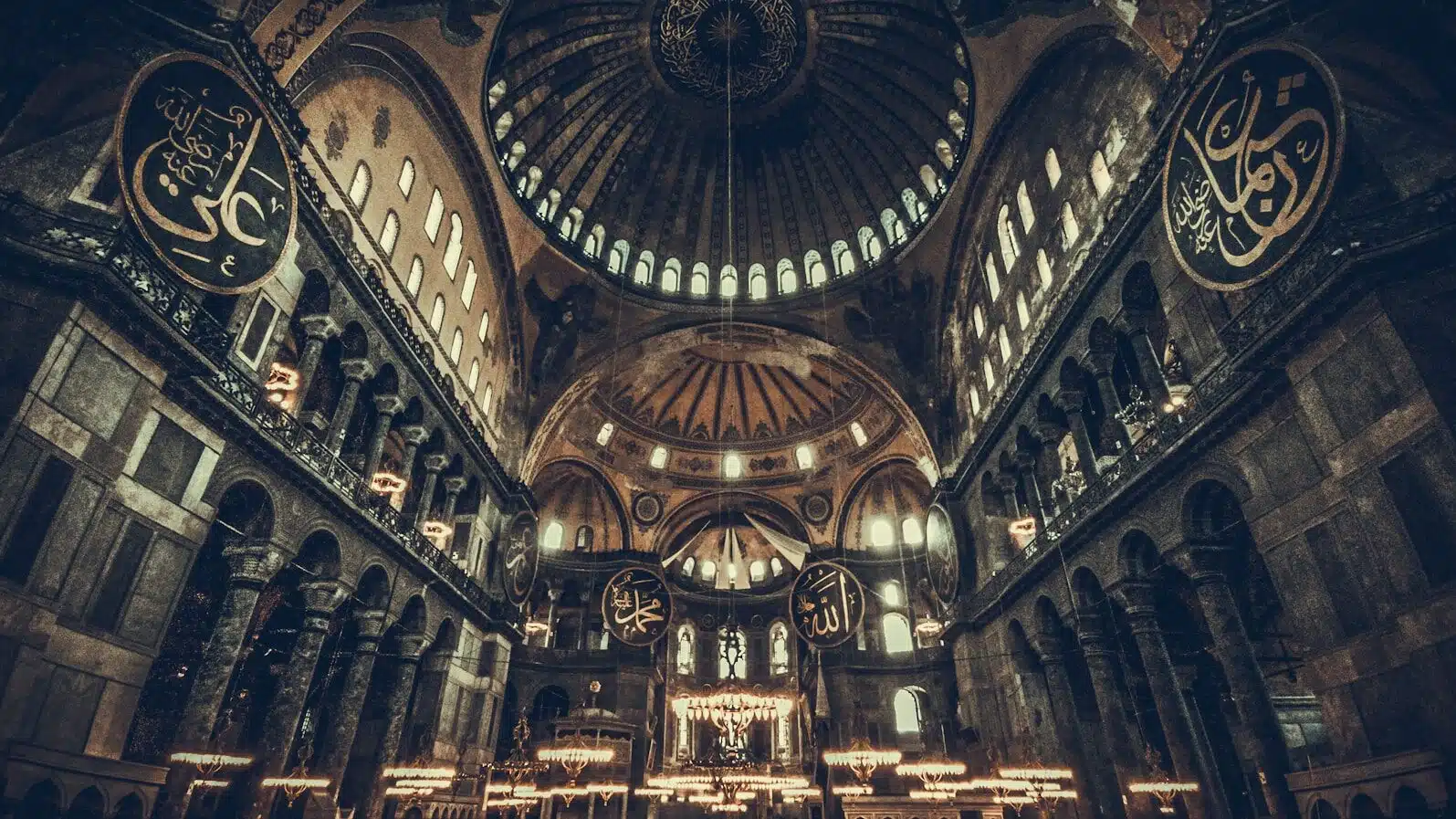
2. A Dome That Challenges the Sky
With its 56-meter height and 31-meter diameter, Hagia Sophia’s dome was the largest in the world at the time it was built.
The dome was supported by central piers and arches, creating both strength and aesthetic elegance. This technique was groundbreaking for its time and inspired other monumental structures.
Due to earthquakes, the dome was repaired and reinforced several times. Notably, Mimar Sinan strengthened its structure in the 16th century, ensuring its durability.
Even today, visitors who stand beneath the dome look upward in awe, feeling the heavenly atmosphere it creates.
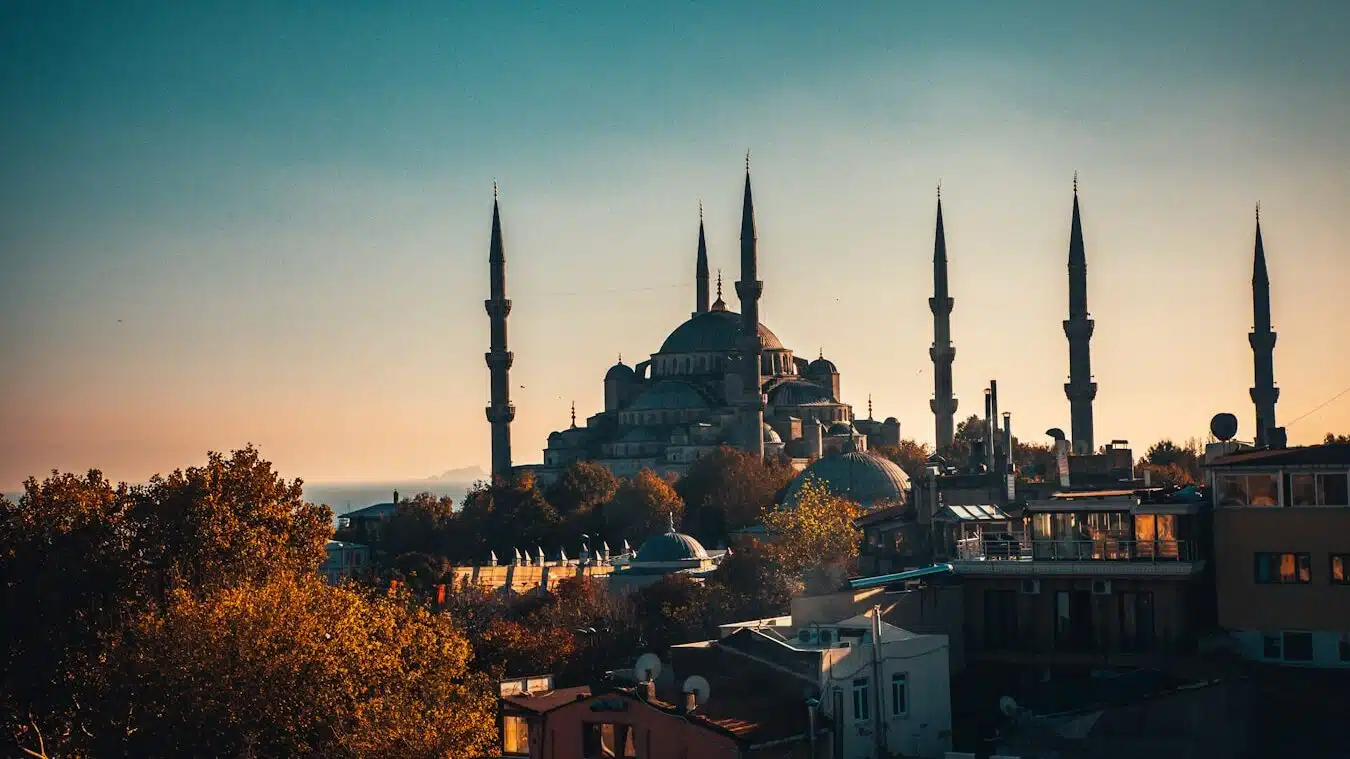
3. Rebuilt Three Times on the Same Site
The first church on this site was built in 360 AD, but it was destroyed during riots and fires.
The second Hagia Sophia met a similar fate during the Nika Revolt in 532. After this destruction, Emperor Justinian decided to build an even grander and more resilient structure.
The current Hagia Sophia is the result of this third construction phase, designed to be larger and stronger than its predecessors.
This story of being rebuilt three times makes Hagia Sophia a true symbol of resilience and rebirth.
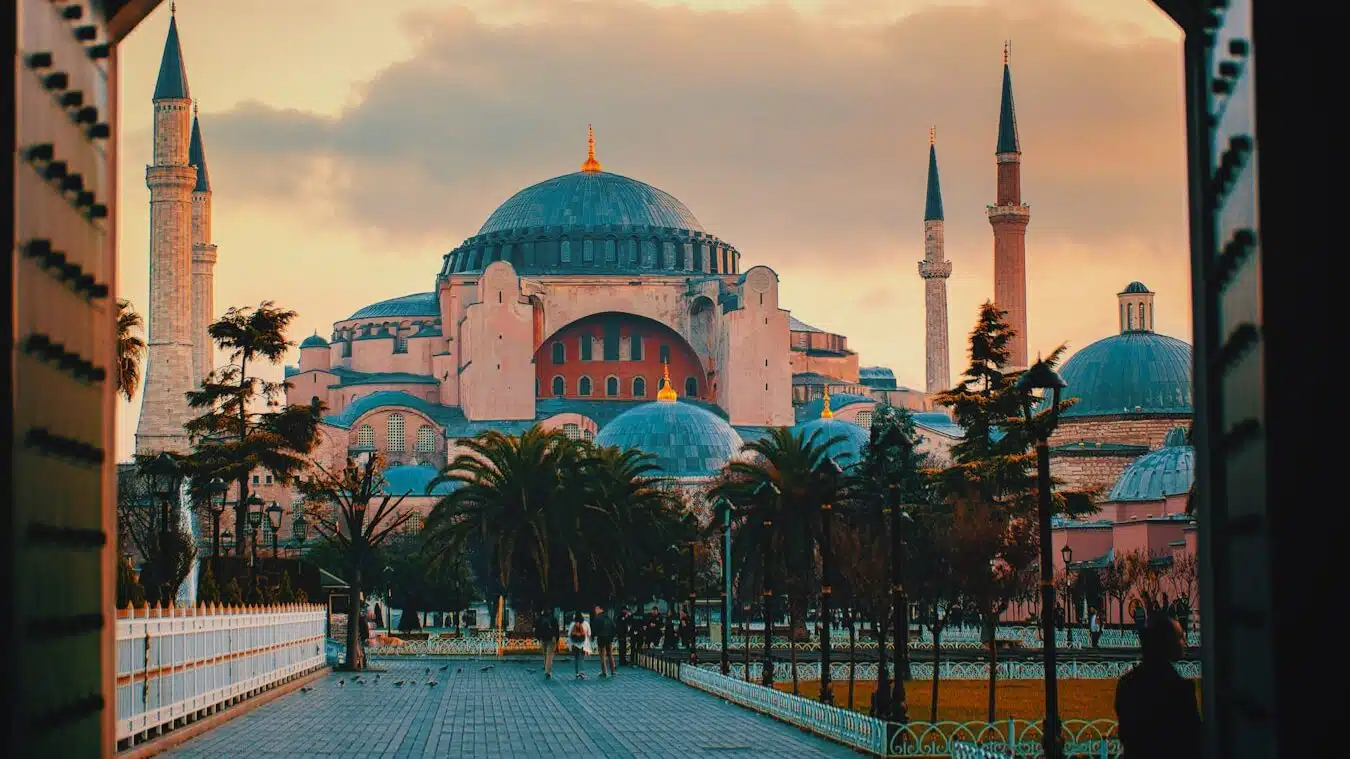
4. Architects Ahead of Their Time
The masterminds behind Hagia Sophia were Anthemius of Tralles and Isidoros of Miletus. Anthemius was a mathematician, and Isidoros was an engineer, both renowned in their fields.
Their combined expertise resulted in a building that was both structurally advanced and aesthetically stunning. The enormous dome standing without collapsing is proof of their genius.
Materials were sourced from across the Roman Empire — green marble from Thessaly, pink marble from Afyon, and yellow stone from Syria.
This variety created a rich harmony of colors and textures in the interior.
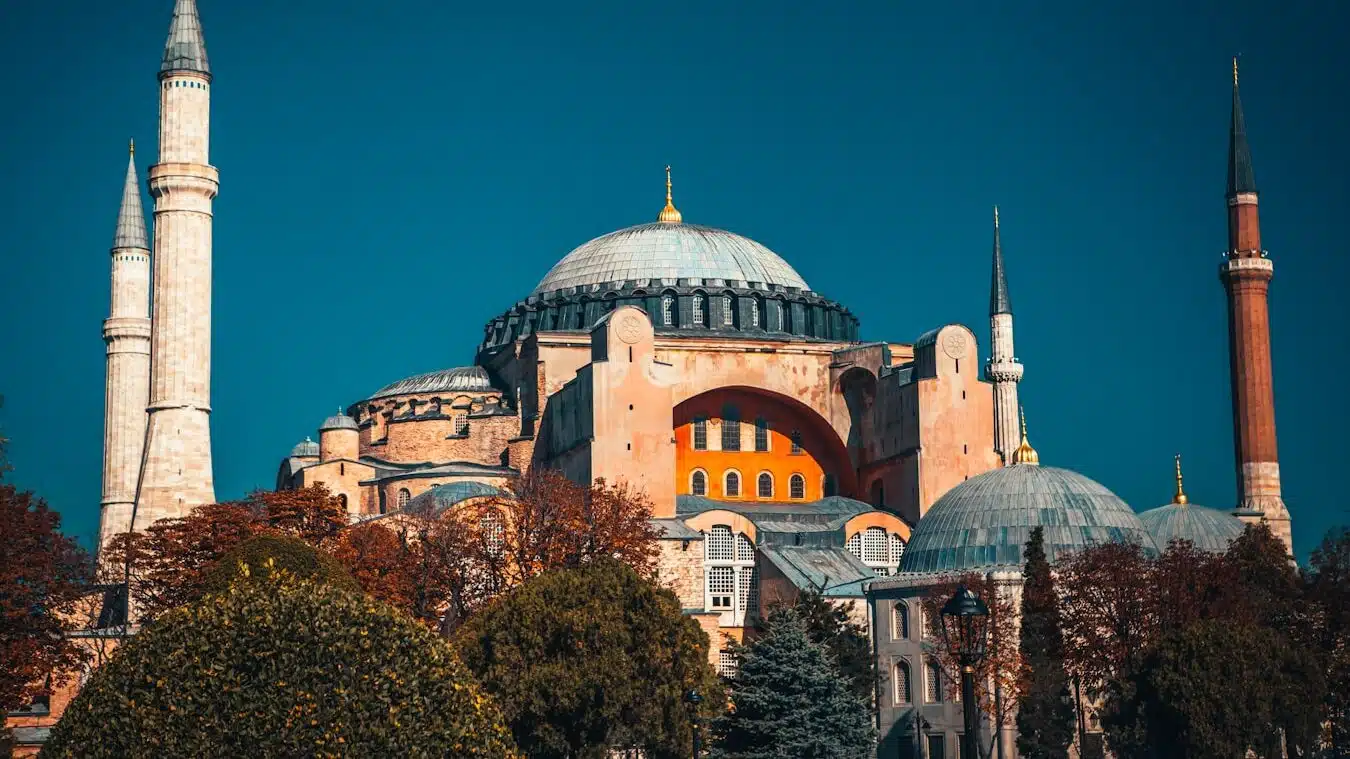
5. From Church to Mosque
Hagia Sophia served as the most important church in Byzantium for 916 years, acting as the center of the Orthodox Patriarchate.
In 1453, after the conquest of Constantinople, Sultan Mehmed II converted it into a mosque, marking a significant cultural and religious transformation.
During the Ottoman era, Islamic elements such as the mihrab, minbar, and pulpit were added, while some mosaics were covered with plaster.
This transformation made Hagia Sophia important to both the Christian and Islamic worlds.
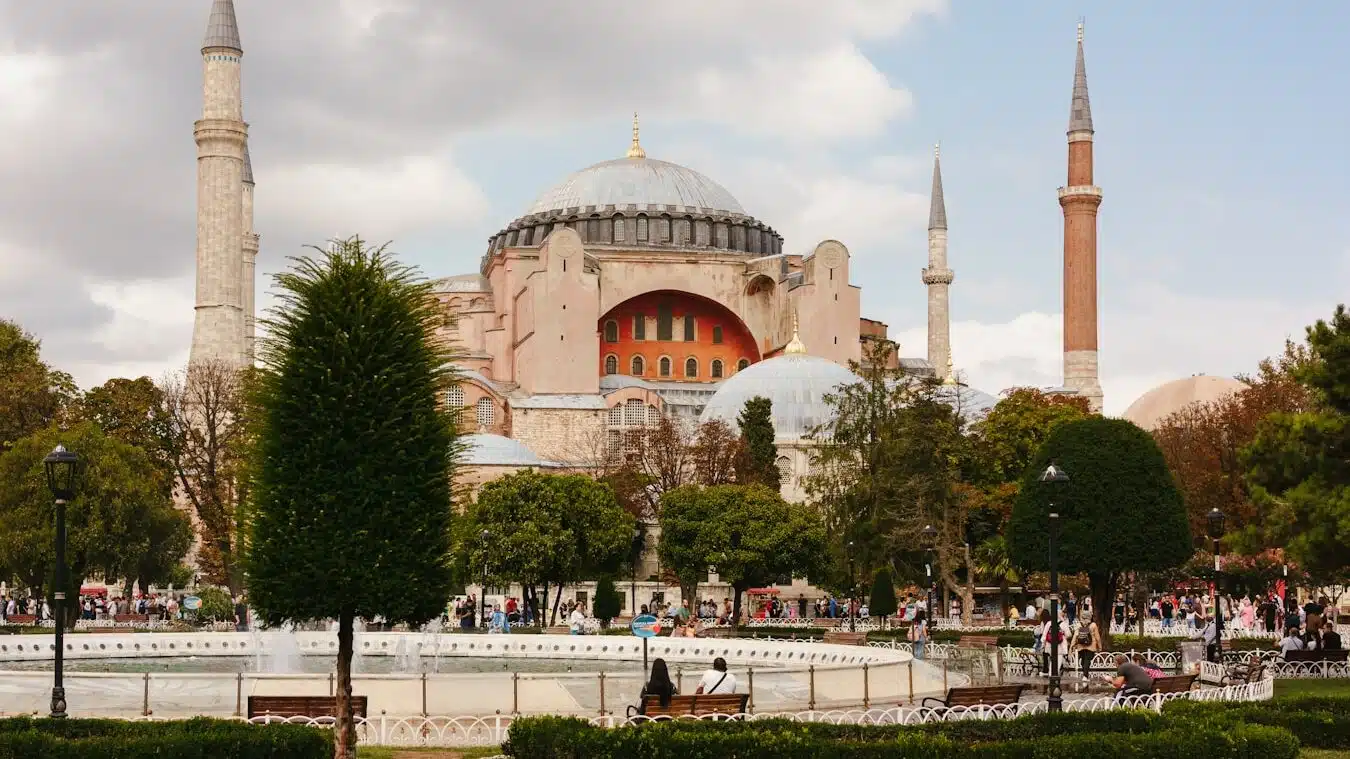
6. Angels Hidden for Centuries
The seraphim angel mosaics on Hagia Sophia’s dome pendentives were covered during the Ottoman period for preservation.
In 2009, restoration work uncovered one of these mosaics completely, creating great excitement among art historians.
These mosaics depict six-winged angels, showcasing the sophistication of Byzantine art. The colors and details have remained remarkably vivid over the centuries.
Today, visitors can admire these mosaics up close and appreciate the artistry of the Byzantine era.
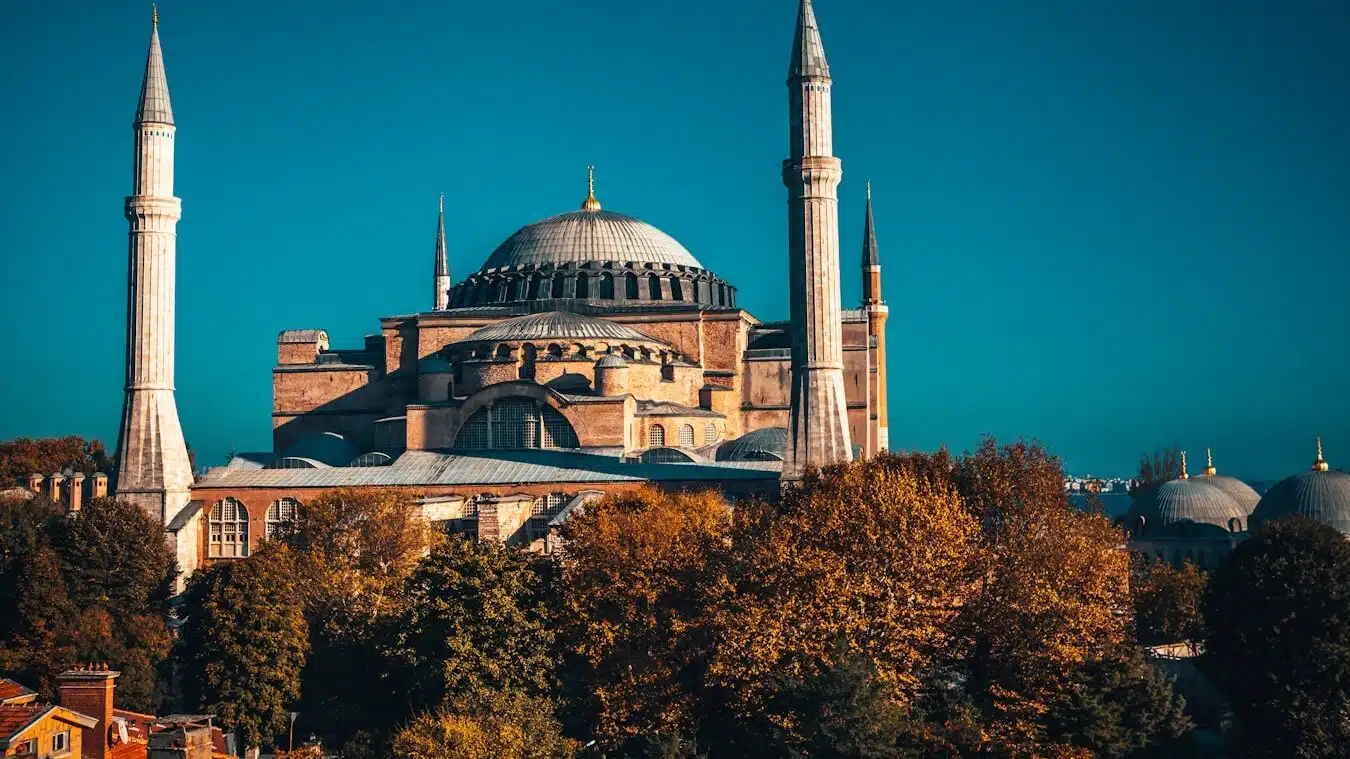
7. Minarets Added Later
When Hagia Sophia was first built, it had no minarets. They were added after the Ottoman conversion to a mosque.
The first minaret was built during Sultan Mehmed II’s reign. The other three were added in later periods, with significant contributions from Mimar Sinan.
Sinan also reinforced Hagia Sophia’s foundations, improving its earthquake resistance and ensuring its survival for centuries.
Today, the minarets are among the most iconic features of Hagia Sophia’s silhouette.
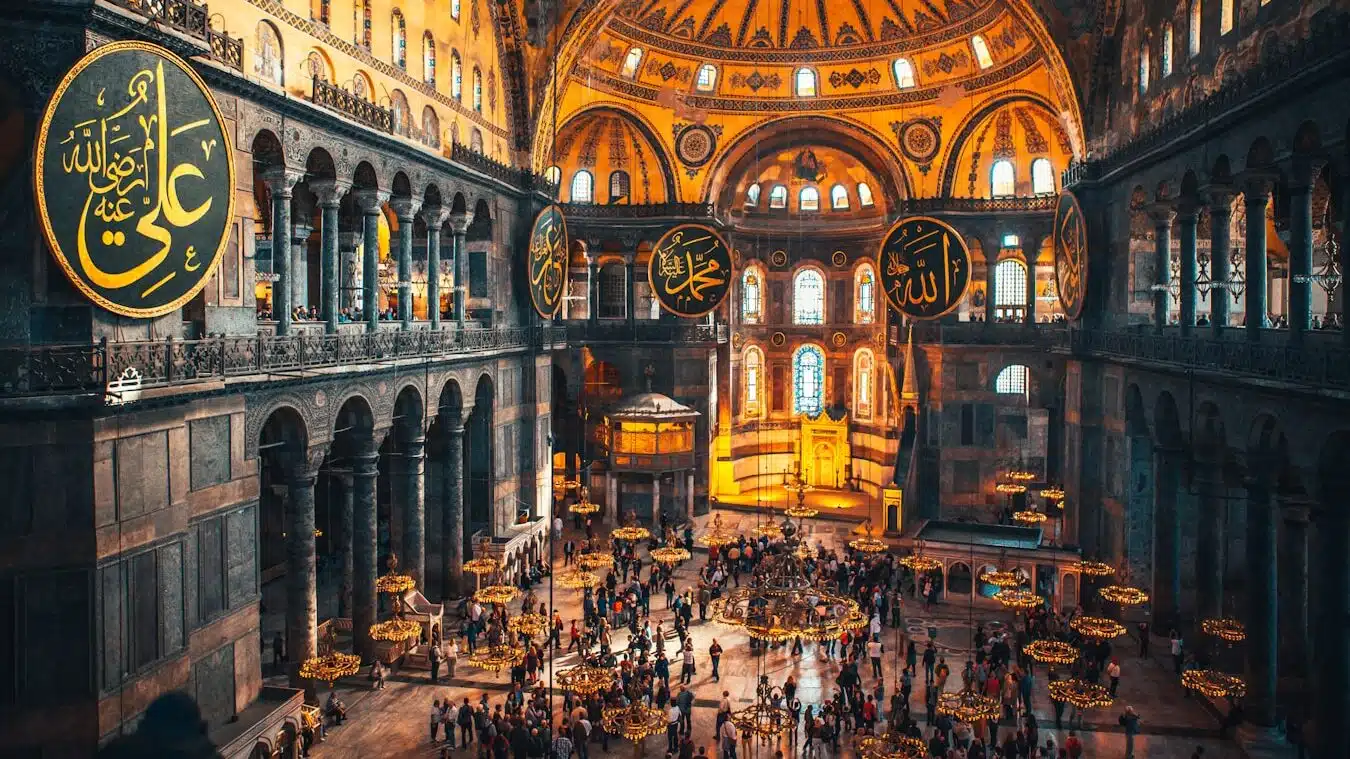
8. 85 Years as a Museum
In 1935, under the direction of Mustafa Kemal Atatürk, Hagia Sophia was turned into a museum to preserve both its Christian and Islamic heritage.
During this period, plaster covering the mosaics was removed, revealing Christian iconography. Islamic calligraphy and architectural elements were also carefully maintained.
Hagia Sophia became an international tourist attraction, drawing millions of visitors annually.
In 2020, it was reconverted into a mosque, sparking global discussion.
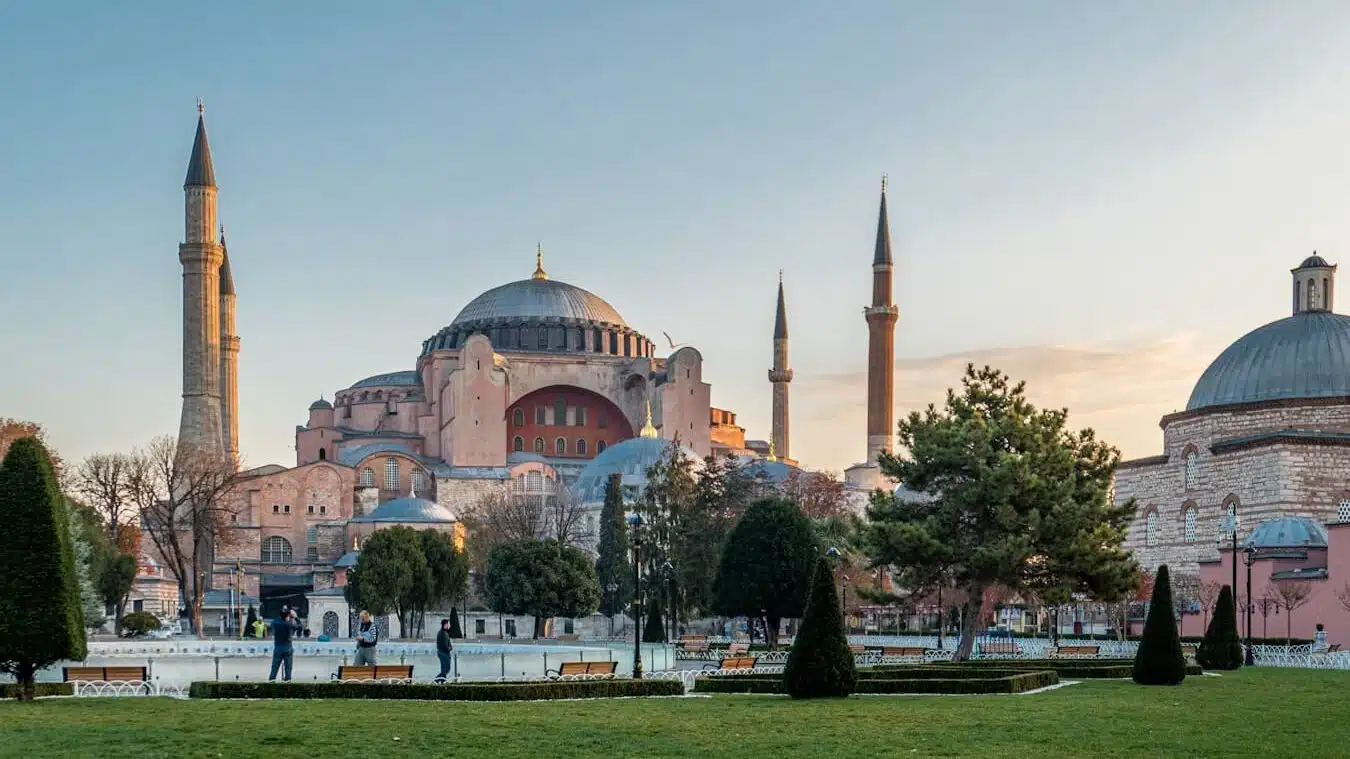
9. A Groundbreaking Architectural Design
Hagia Sophia is the first large building to combine both basilica and central dome plans.
This design gave the interior an expansive yet elevated feel, creating a powerful visual and spiritual impression.
The concept influenced church and mosque architecture for centuries, with many Ottoman mosques taking inspiration from Hagia Sophia.
Even today, architects study its structural innovations and aesthetic mastery.
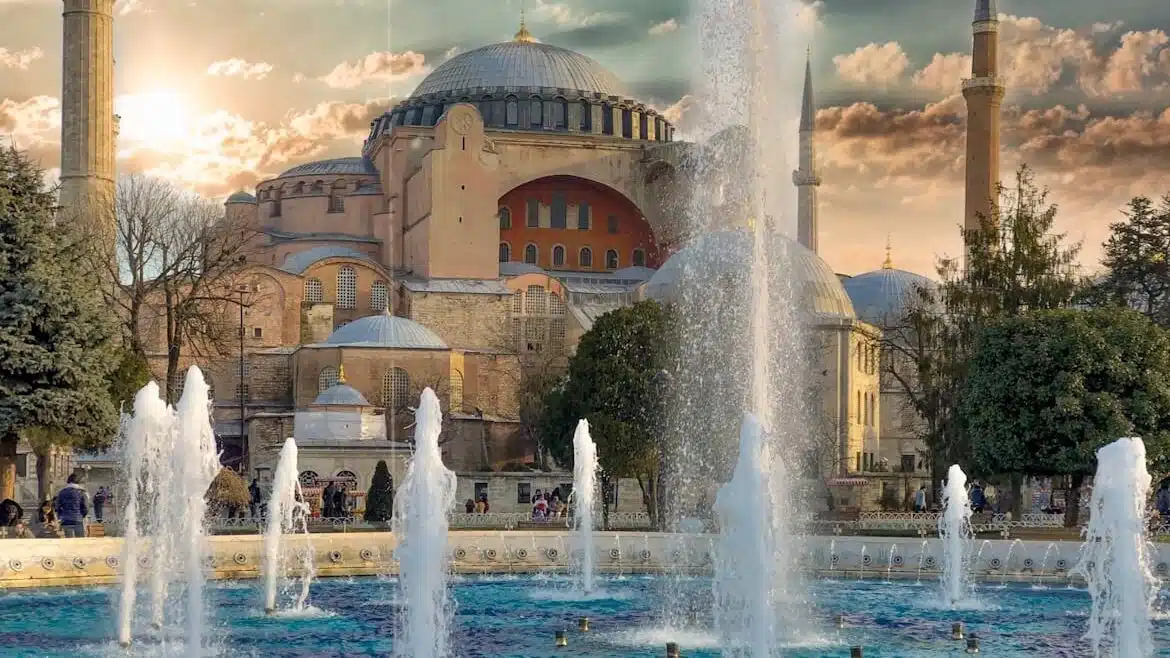
10. Protected by UNESCO
In 1985, Hagia Sophia, along with Istanbul’s historic areas, was inscribed on the UNESCO World Heritage List.
This recognition affirms its status as one of the world’s most valuable cultural treasures.
The UNESCO designation ensures that preservation and restoration work follows strict international standards.
Today, Hagia Sophia is recognized not only as a Turkish treasure but as a shared heritage of humanity.
